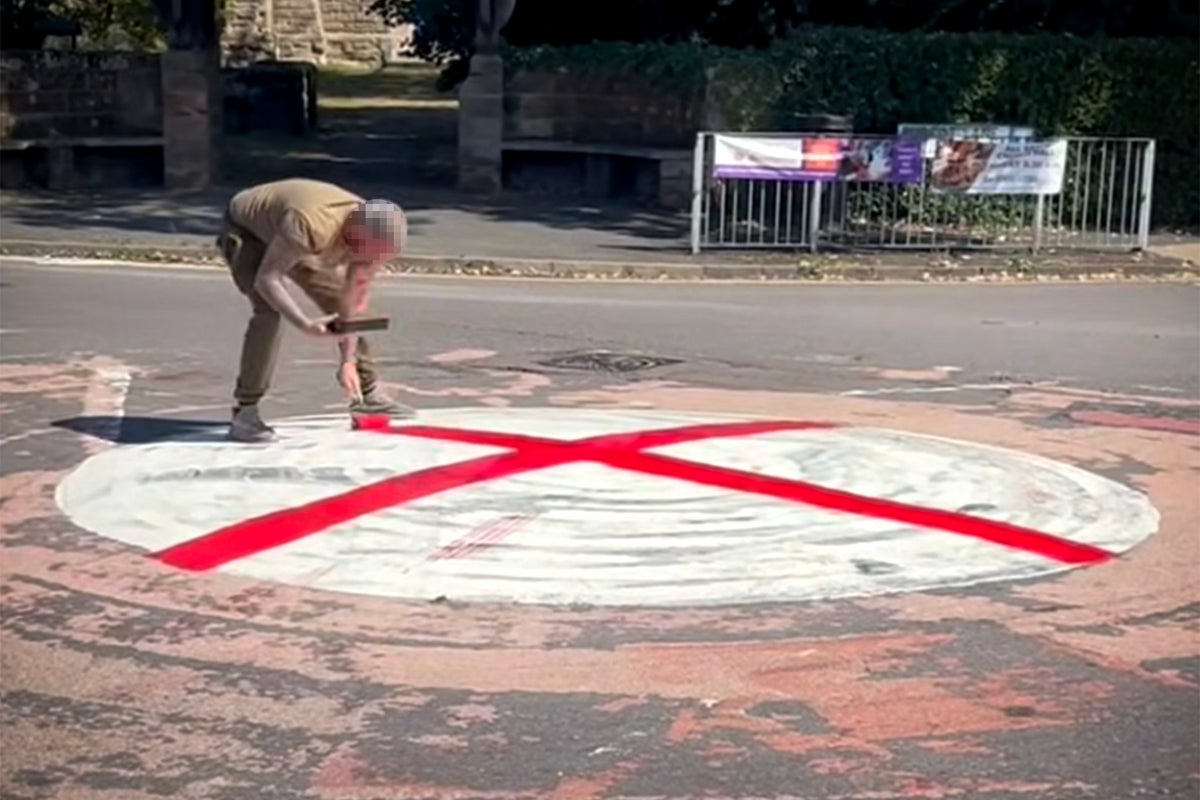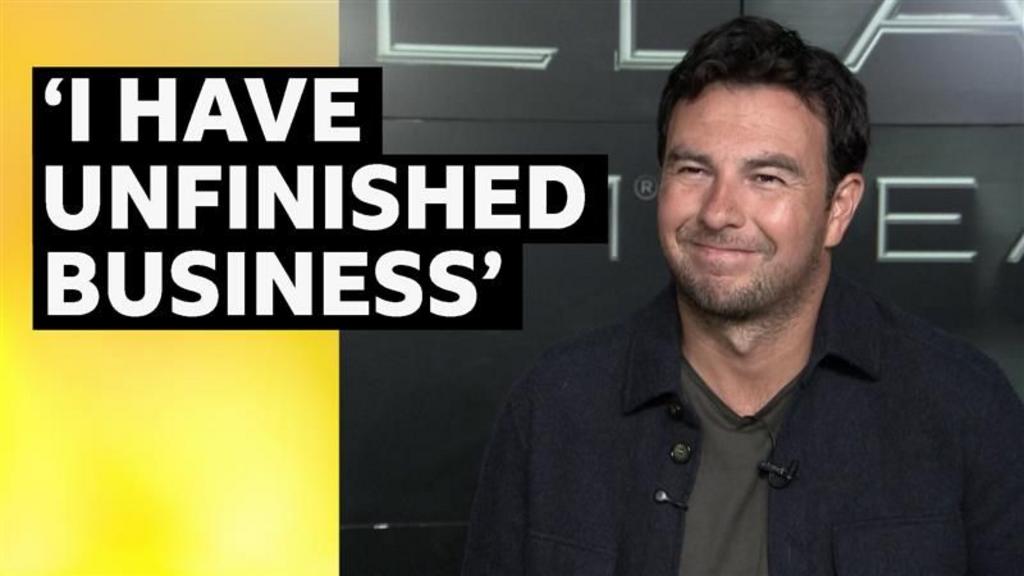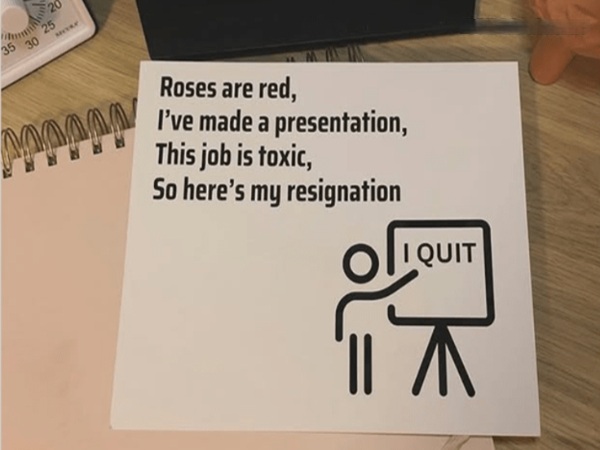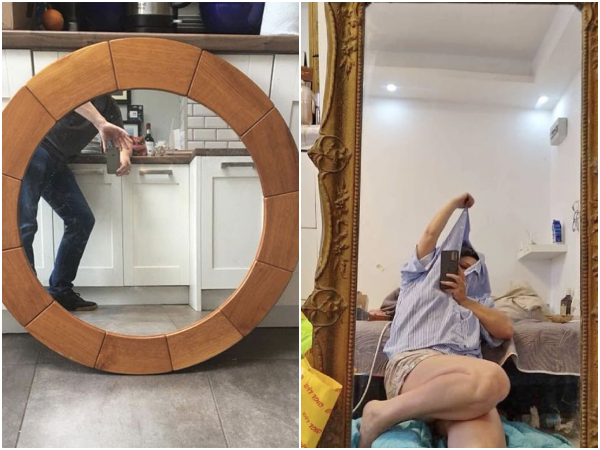To build a supportive culture, you need to pay attention to the small moments

In 2022, I watched a YouTube video called “The ‘Still Face’ Experiment” by developmental psychologist Dr. Ed Tronick. In this experiment, a mother is playing with a baby in a high chair, and the smiling mother and happy baby are quite sweet.
The mother then shifts to being still, emotionless, and unengaged while facing her child. It only takes seconds for the baby to sense the change, reach out for the mother’s attention, and have a meltdown.
Whether we’re a one-year-old baby or a 56-year-old adult, we all hold the powers of observation, perception, and intuition. Whether we realize it or not, we instinctively react to each other’s energy all day long. Our inner child knows when we feel safe, protected, and supported. Just like we know when we’re at risk, uncomfortable, and potentially close to harm.
Our insanely intelligent bodies hold this feedback. When we see someone we admire, trust, and enjoy, our hearts beat faster, and we feel uplifted by the opportunity to connect. But when we’re near someone who holds power over us, our bodies instinctively pause. It creates the space to assess if it’s safe to be open and vulnerable, or if we need to brace for impact or shield ourselves from potential pain or an unpleasant surprise.
A personal case study: How micro-moments wind us up and down
I’ll never forget the first presentation I made to one company’s management team. I couldn’t have been more prepared. Half of the top executives at the table had already seen my presentation and provided feedback. My team was counting on me to hit a home run and secure the funding we needed to expand our team and launch a new initiative.
I was most excited to present to the CEO, who was an inspiring change agent and charismatic giant in our industry.
I was only minutes into my presentation when the CEO began interrupting and expressing confusion and discomfort. He wouldn’t let me finish the presentation I’d spent six weeks preparing. Instead, we played a strange game of intellectual ping-pong with a healthy dose of gaslighting. The other 12 C-level executives sat in silence and watched.
I tried to tough it out, but eventually, my body and spirit reached their limit. Tears sprang to my eyes, but I kept on talking. Eventually, I looked around the massive boardroom table at the faces staring back and said, “I didn’t come to this company to be treated like this!”
The meeting screeched to a halt, and I stepped out to visit the bathroom to take a few deep breaths to recover.
When I emerged, a person from the company escorted my boss and me to the CEO’s office. We talked for a long time, and I found the courage to be honest. The CEO started choking up. He was deeply embarrassed. He wasn’t prepared for the meeting and didn’t know what I was presenting or recommending ahead of time. Together, the three of us explored better ways to conduct business. My boss and I asked for a do-over in three weeks.
When micro-moments turn positive
In the weeks between presentation 1 and presentation 1.1, my boss and I met with each person around that boardroom table to discuss the “disaster” (my words) and ways to improve executive team meetings. When I stepped in front of the same group with the same presentation less than a month later, everyone participated.
In the end, we received the funding we needed, and I gained the respect of the CEO. But more importantly, I heard that in every review that followed, there was a difference in how attendees treated each other and the productivity of the conversations.
That meeting taught me several lessons that I continue to apply in my life today:
1. Be aware
Even the smallest shifts in tone, body language, or word choice can change the dynamic in a room. Awareness is the first step—simply noticing when energy shifts gives us insight into what’s happening beneath the surface.
2. Choose connection
With awareness and intention, we can choose connection, curiosity, and care over challenge, criticism, and correction. These micro-actions, over time, affect the climate within departments, teams, and companies as a whole. It’s the key to solidifying, rather than destroying, trust and psychological safety.
3. Make a promise
I have a practice I bring into every team I’ve worked with over the past 20 years. I make a promise: “To the best of my ability, things will happen with you and not to you.” I set expectations for collaboration, prioritization, target setting, and teamwork that reinforce what “with you” looks like on any given day. I also invite them to call me out if they ever feel left out of the decision-making process.
4. Set daily intentions
I set a daily intention to find win-wins wherever I can. I want to show up in ways that leave others feeling like that’s the best meeting they’ve had today. That goes for reviewing a project, supporting a customer complaint, shaping a performance improvement plan, or interviewing a candidate. I want to be fully present, understand their needs, ideas, and motivations, and find mutual solutions.
5. Tune in
We know when the people around us are open, trustworthy, and reliable. We also know when we experience distrust, fear, and anxiety. Even tiny, often imperceptible movements send negative energy into our bodies, triggering cortisol floods and fight-or-flight responses.
Today, I ask each of us to tune in. How are you affecting others in the spaces you share? How are the people in your space affecting you? What actions can you take to communicate curiosity, care, and openness to others? Do you appreciate, see, and support the people around you?
Lead with love, act with intention
All of us shape culture in the smallest choices and fleeting moments. When we listen, when we pause, when we choose connection over control. Ultimately, it’s not about perfection, but presence. When you lead with love and act with intention, you’ll build teams that people that won’t want to leave.
What's Your Reaction?
 Like
0
Like
0
 Dislike
0
Dislike
0
 Love
0
Love
0
 Funny
0
Funny
0
 Angry
0
Angry
0
 Sad
0
Sad
0
 Wow
0
Wow
0
































































































